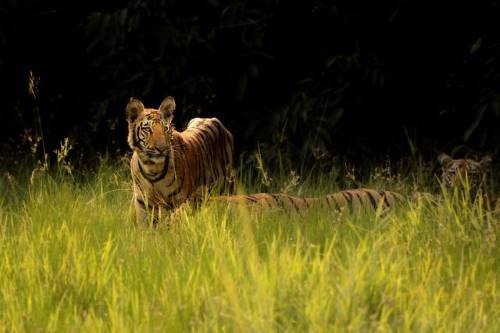Tigers do not live in Africa they never had and they probably never will! Lately however, conservationists are making deliberate attempts to introduce tigers in Africa. The tiger’s evolution began in the northern Asia but scientists believe that tigers could have possibly arrived in Alaska over the last 100,000 years. There were no evidences of tiger’s arrival in Africa.
Perhaps one of many reasons why tigers do not live in Africa is the quality of habitats in Safari parks. The characteristics of tiger’s habitats in Asia are way different from those found in the African habitats. In Africa, cheetahs and lions prefer to live in open grasslands and savannahs—places where tigers will less likely to survive. Tigers, on the other hand, fancy living in wet tropical and deciduous forests which are primarily dominated by dense vegetation and water. African habitats appear to lack all these characteristics. Thus, tigers can barely thrive in a way they do in Asia for the African habitats do not seem to provide suitable habitat conditions.

The closest relatives of tigers are leopards and lions. Lions and leopards have long successfully thrived in Africa but not tigers. Tigers likely separated from lions as early as two million years ago. While lions and leopards had migrated to Africa tigers never moved with them. Scientists do not know however why didn’t tigers migrate with lions or leopards. While tigers are not the one suited to living in Africa in the wild, they do occur in zoos or national parks in Africa. Furthermore, some wildlife experts from the National Geographic introduced a few South China tigers into the African wild habitats.





